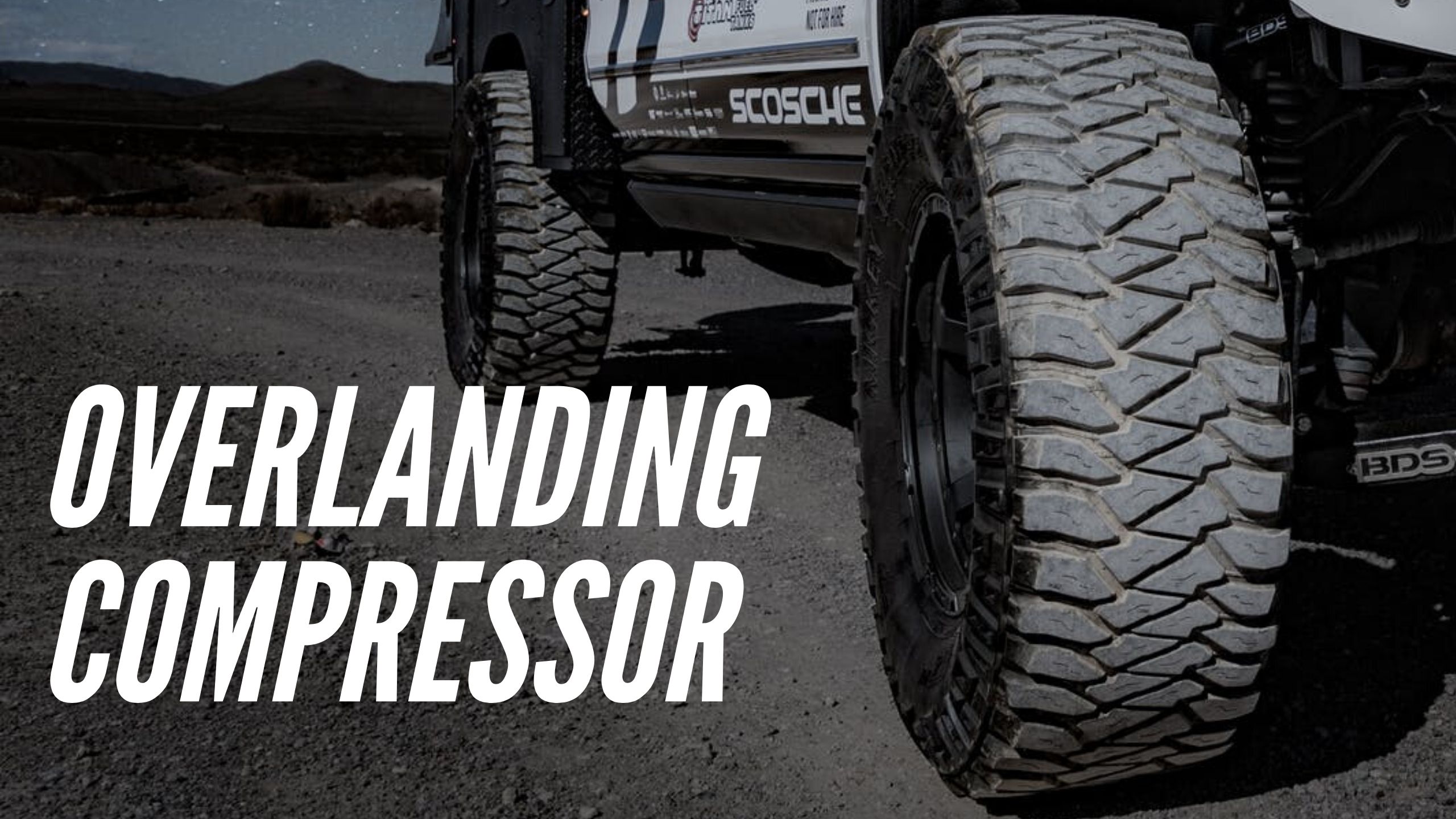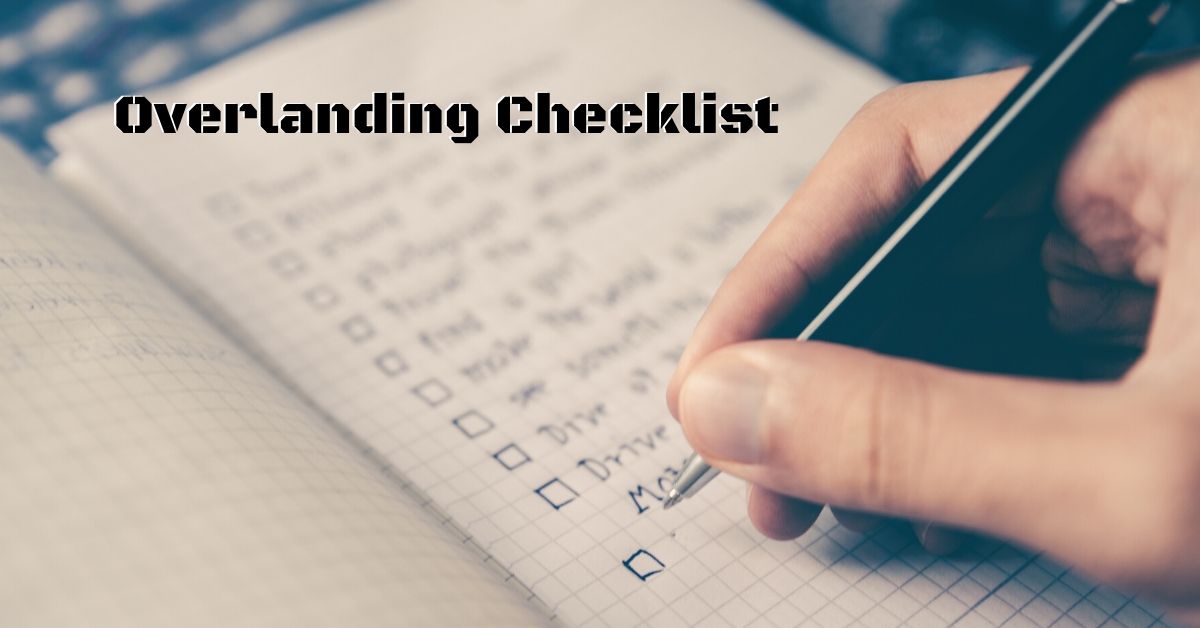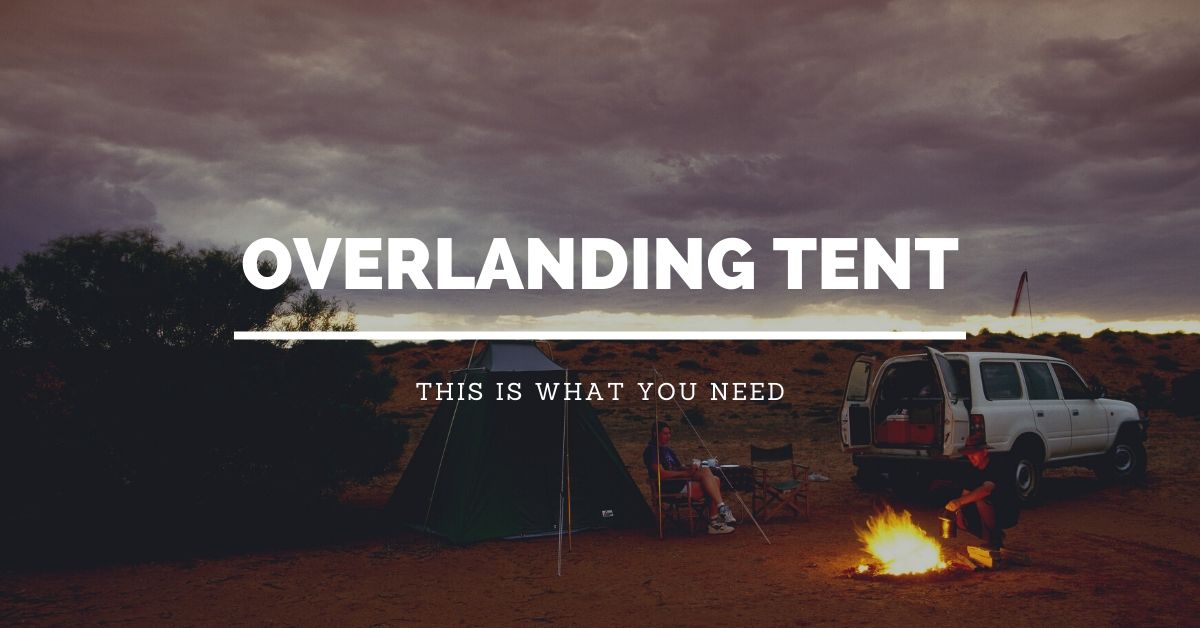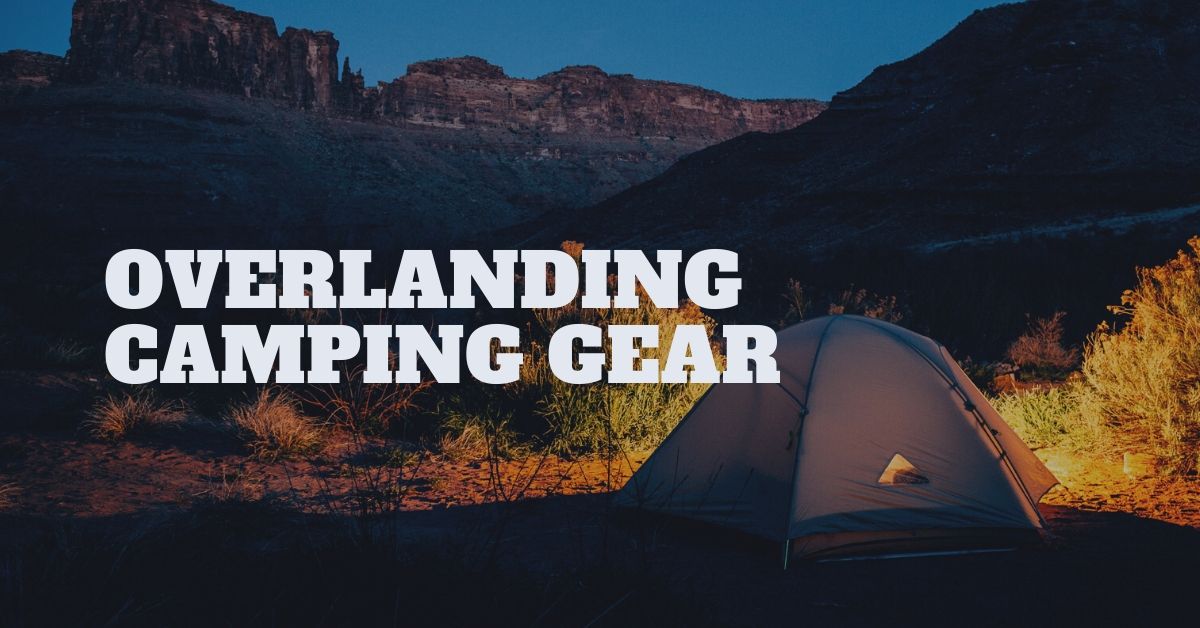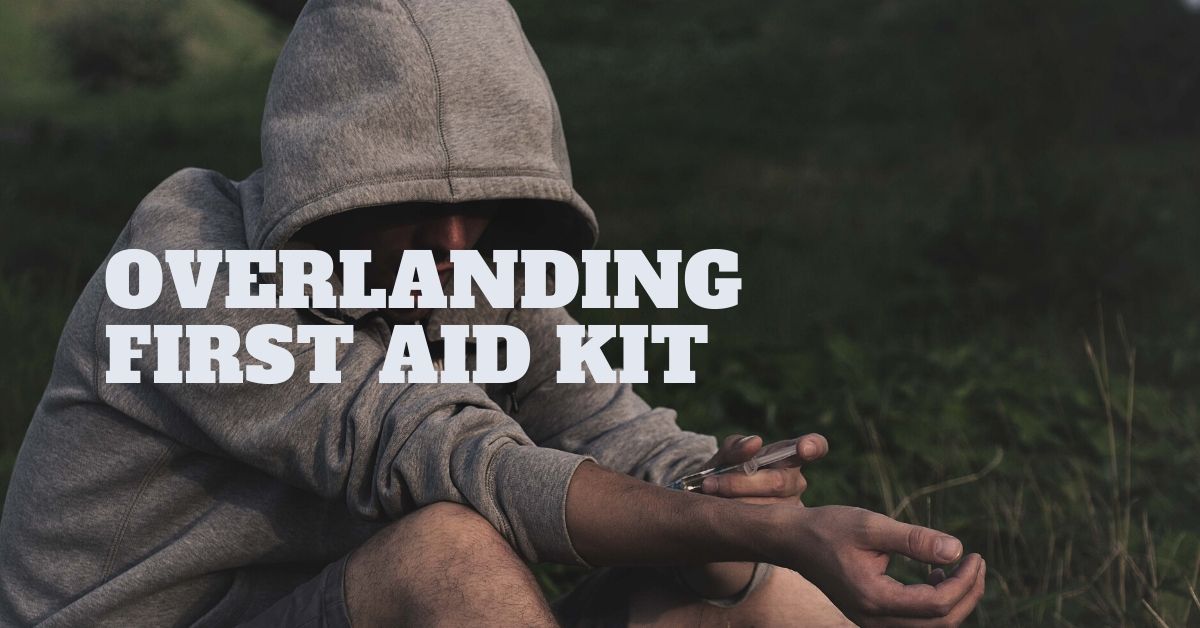
The compressor, or more specifically air compressor, is an essential overlanding tool. But not usually for fixing a flat tire, but that is certainly a critical role it can play. More often, the compressor allows for reinflation of tires that were deflated a little (or a lot) to increase traction or soften the ride.
The overlanding air compressor can be as simple as a battery-powered off-the-shelf home compressor for filling basketballs and bike tires. Or as advanced as a dual-motor on-board compresses bolted into the engine compartment or other location. Of course the price difference between the two is about $1000. So let’s look at something more useful and affordable.
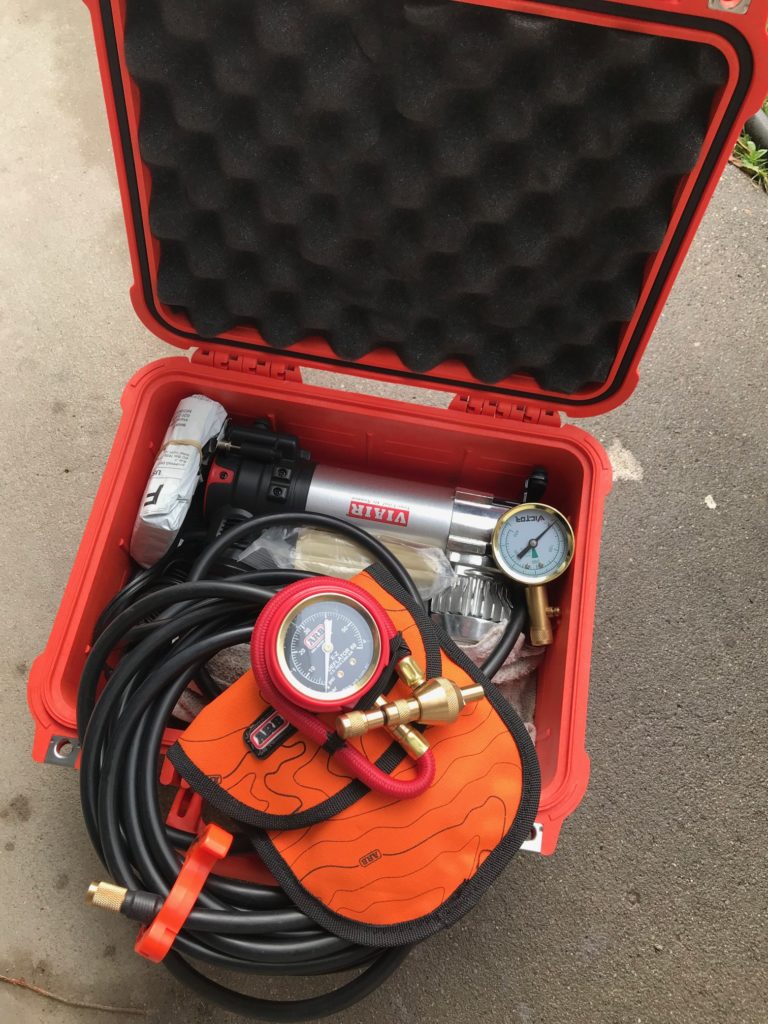
Viair makes a line of portable compressors from $50 to $250. The main difference between compressors that overlanders should consider include duty cycle, air flow, maximum pressure, electrical hookups and versatility. Duty cycle is a function of how long the compressor can run at certain pressure levels. If you need to top off one low tire, it’s not a big deal. But if you need to add 20-30 pounds of pressure into four 39” off road tires, it might take you a full day with a low-duty cycle compressor rather than 20 minutes.
Air Compressor Air Flow Rate Calculation
Air flow is the volume of air the compressor can move and it’s a function of compressor size and motor speed. The air volume is measured in cubic feet per minute, and often advertised under free flow conditions. Expect much less when pushing air into a pressurized tire. Air volume is an indicator of inflation time. You can fill a truck tire with a bicycle hand pump, but it may take days and when you are overlanding, you never have days to spare. The final considerations, besides price, include how you power the compressor and what attachments or features it has. Consider your expected use, and choose accordingly.
